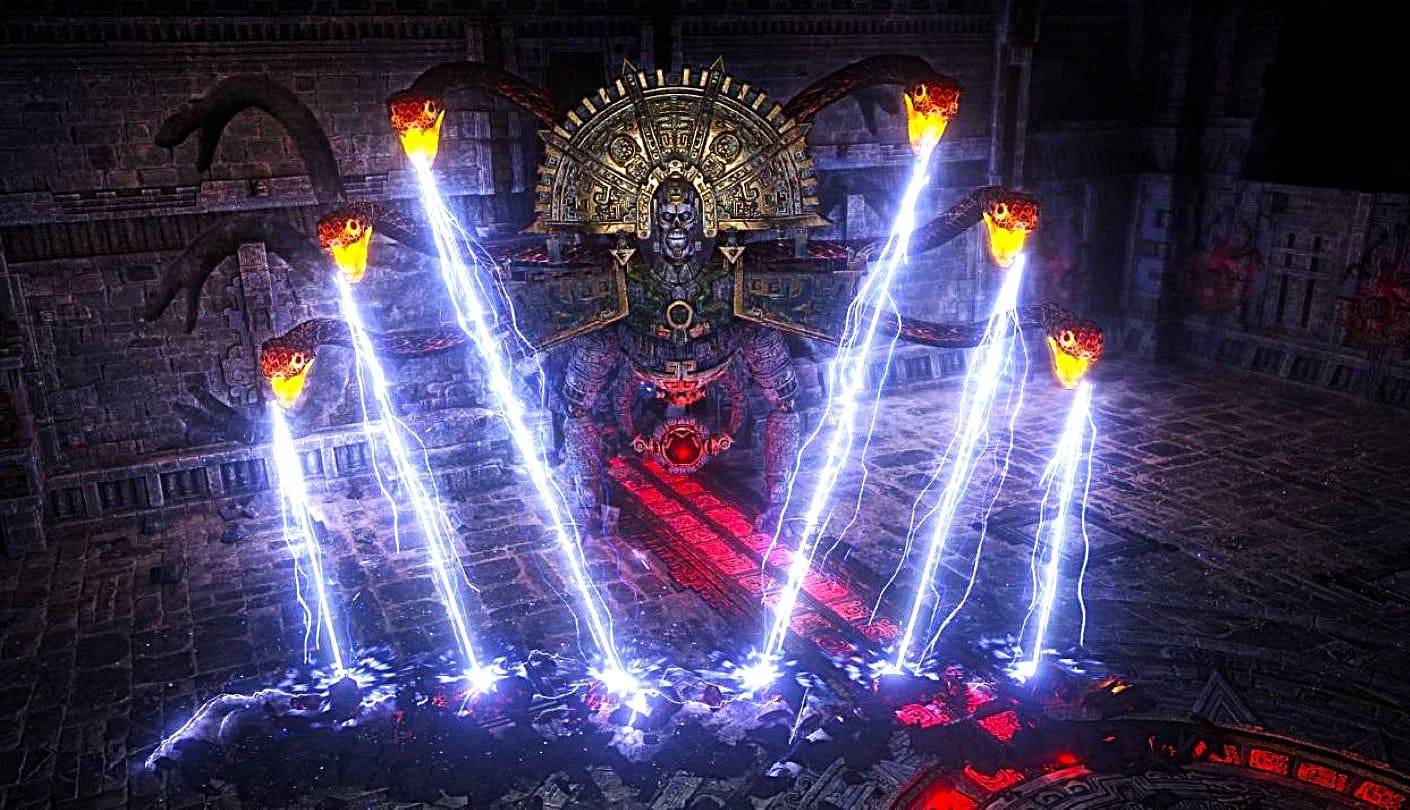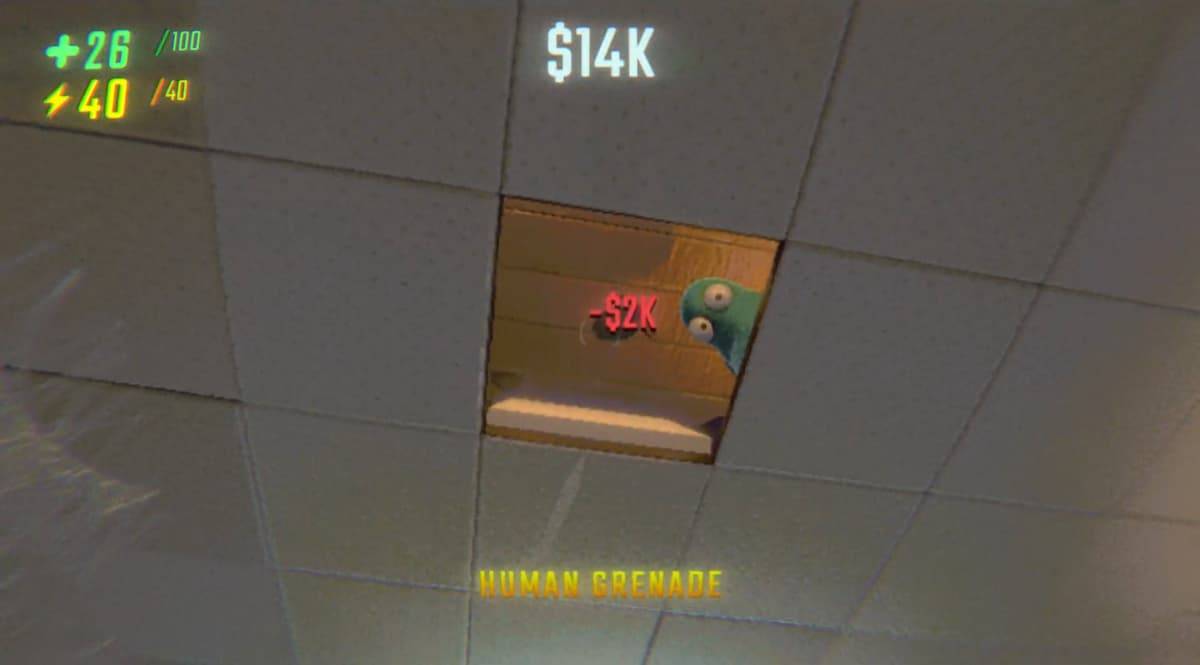Ubisoft has once again activated the Animus, this time transporting us to Japan's Sengoku Period with Assassin's Creed Shadows. The game introduces historical figures from 1579, including Fujibayashi Nagato, Akechi Mitsuhide, and Yasuke, the African samurai who served under Oda Nobunaga. In true Assassin's Creed fashion, these historical characters are intricately woven into a narrative that blends historical facts with fictional elements to explore themes of revenge, betrayal, and murder. While the game includes a playful nod to the idea of Yasuke needing to gather XP for a gold-tier weapon, it's important to remember that Assassin's Creed is rooted in historical fiction, where Ubisoft crafts compelling stories by filling historical gaps with science fiction elements centered around a secret society's quest for control using the powers of a pre-human civilization.
Although the open-world environments in Assassin's Creed games are meticulously researched and grounded in history, they are not meant to serve as history lessons. Ubisoft often adjusts historical facts to better fit the narrative, resulting in numerous historical inaccuracies. Below, we highlight ten instances where Assassin's Creed has creatively rewritten history to enhance its storytelling.
The Assassins vs Templars War

First off, the notion of a prolonged war between the Order of Assassins and the Knights Templar is entirely fictional. Historical evidence does not support any such conflict. The Assassins were established in 1090 AD and the Templars in 1118, both disbanding around 1312. The only shared historical context is the Crusades, which only the first Assassin's Creed game accurately reflects. The idea of ideological opposition between the two groups is a creative invention, inspired by fictional conspiracy theories surrounding the Templars.
The Borgias and their Superpowered Pope

Assassin's Creed 2 and its sequel, Brotherhood, center on Ezio's conflict with the Borgia family, portraying Cardinal Rodrigo Borgia as the Grand Master of the Templar Order who becomes Pope Alexander VI. This storyline, including the Borgia's quest for the magical Apple of Eden and a superpowered Pope, is completely fictional. The Borgias' historical depiction in the game, while painting them as villains, simplifies their complex legacy. Rodrigo's son, Cesare, is portrayed as an incestuous psychopath, a narrative that diverges from historical records, which are based more on rumor than fact.
Machiavelli, Enemy of the Borgias

In Assassin's Creed 2 and Brotherhood, Niccolò Machiavelli is portrayed as Ezio's ally and leader of the Italian Assassin's Bureau. However, this depiction contradicts Machiavelli's real-life philosophies, which favored strong authority over the Assassin's fight against it. Additionally, Machiavelli's actual views on the Borgias were more nuanced; he saw Rodrigo as a successful deceiver and considered Cesare a model ruler, not the antagonist Ubisoft portrays him as.
The Incredible Leonardo da Vinci and his Flying Machine

Assassin's Creed 2 showcases a strong bond between Ezio and Leonardo da Vinci, accurately capturing da Vinci's wit and charisma. However, the game's timeline for da Vinci's movements, such as his move from Florence to Venice, deviates from historical records. The game also brings to life several of da Vinci's designs, including a machine gun and a tank, though there is scant evidence these were ever built. The highlight, however, is the flying machine Ezio uses, a concept da Vinci explored but never realized in reality.
The Bloody Boston Tea Party

The Boston Tea Party, a non-violent protest against the Tea Act, is dramatically altered in Assassin's Creed 3. The game turns it into a violent confrontation, with protagonist Connor, dressed as a Mohawk, killing numerous British guards. This starkly contrasts with the historical event where no one was harmed. Furthermore, the game credits Samuel Adams with orchestrating the event, a detail historians debate, showcasing Ubisoft's use of ambiguous historical records to craft its narrative.
The Lone Mohawk

In Assassin's Creed 3, Connor, a Mohawk, aligns with the Patriots during the American Revolution, despite the Mohawk people historically siding with the British. This narrative choice has been debated by historians, as it paints Connor as a potential traitor among his own people. Ubisoft's portrayal explores the "what if" scenario of a Mohawk joining the Patriots, adding layers of conflict and introspection to the story.
The Templar Revolution

Assassin's Creed Unity's depiction of the French Revolution attributes the uprising to a Templar conspiracy, a stark deviation from the real causes, which included years of food shortages due to natural disasters. The game simplifies the complex, multi-year revolution into a single event, the Reign of Terror, and suggests that the Templars manufactured the famine, a claim unsupported by historical evidence.
The Controversial Killing of King Louis 16

In Assassin's Creed Unity, the execution of King Louis 16 is portrayed as a close call, swayed by a single Templar vote. In reality, the vote to execute him was decisively in favor, with a clear majority. The game also glosses over the King's attempt to flee France, which worsened his public image and contributed to his execution, highlighting the game's softer stance on the French aristocracy.
Jack the Assassin

Assassin's Creed Syndicate reimagines Jack the Ripper as a rogue Assassin who attempts to seize control of the London Brotherhood. This narrative twist transforms the historical serial killer into a criminal mastermind within the Assassin's Creed universe. The game's storyline, involving failed assassination attempts by disguised initiates, is a creative reinterpretation of the unsolved mysteries surrounding the real Jack the Ripper.
The Assassination of the Tyrant Julius Caesar

Assassin's Creed Origins presents the assassination of Julius Caesar as a plot to thwart a proto-Templar threat. The game's depiction diverges significantly from historical accounts, which document Caesar's political reforms aimed at helping the poor and retired soldiers. The game's narrative, including Aya's confrontation with Cleopatra, misrepresents Caesar's popularity among the Roman people and overlooks the civil war his death triggered, which ultimately led to the rise of the Roman Empire.
While Assassin's Creed games strive for historical authenticity, they often prioritize narrative over factual accuracy, embracing their identity as historical fiction. This approach allows Ubisoft to weave compelling stories that blend history with imaginative elements. What are your favorite instances where Assassin's Creed has creatively bent historical truth? Share your thoughts in the comments below.




















